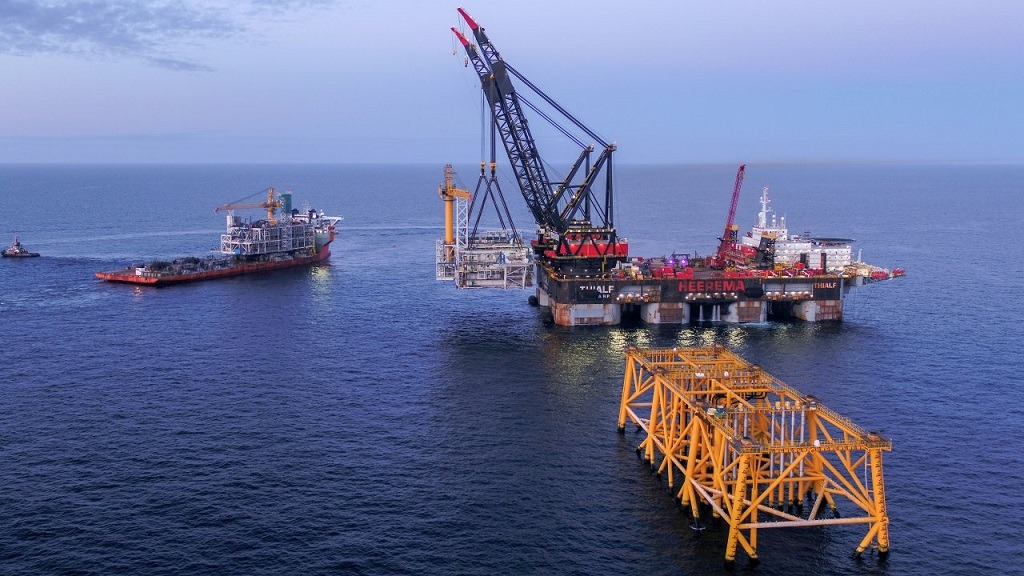GlobalData analysis shows Norway is now set to pour more than $20bn of capex into the North Sea during 2019-2025, contributing the lion's share to the 69 anticipated projects in the marginal sea

Johan Sverdrup, named after the father of Norwegian parliamentarism, is one of the largest oil fields in the North Sea (Credit: Equinor)
Norway will top the UK and lead new-build spending in the North Sea over 2019-2025, with a projected capital expenditure (capex) of $21.2bn (£16.4bn) over the six-year period.
According to a report by data insight firm GlobalData, around $18.8bn (£14.3bn) is to be poured into the development of 24 planned projects with identified development plans in the marginal sea.
This is in addition to a further $21.8bn (£16.6bn) on 45 early-stage announced projects, currently undergoing conceptual studies, that are in the process of securing development approval.
Behind Norway, the UK is expected to be the next highest spender, with $18bn (£13.7bn) set aside, followed by the Netherlands and Denmark, which are planning on $800m (£609m) and $600m (£457m) of capex, respectively.
Oil and gas analyst at GlobalData Soorya Tejomoortula said: “The high new-build capex of Norway on flagship projects such as Johan Sverdrup [one of the North Sea’s largest oil fields] will help the country to lead crude production in the North Sea, contributing more than 70% of the total crude and condensate production from major planned and announced projects in 2025.”

North Sea capex and opex
In terms of individual companies, Equinor ASA, Aker BP ASA and Total SA are expected to have the highest capex of $7.9bn (£6bn), $3.3bn (£2.5bn) and $2.5bn (£1.9bn), respectively, between 2019 and 2025.
As for operating expenditure (opex), the UK leads with $9.9bn (£7.5bn), narrowly topping Norway, which is planning to spend $9.7bn (£7.39bn) in this area – considerably more than third-ranked Denmark with $1.3bn (£1bn).
Both Norway and the UK have increased their projected capex significantly from May 2018 when they were expected to spend $12.1bn (£9.2bn) and $7.9bn (£6bn), respectively.
While it is being outspent by its Nordic rival, Britain remains on top when it comes to planned development, with 37 projects now in the works.
In 2025, key projects in the North Sea are expected to contribute about 1,095 thousand barrels of oil per day (mbd) of global crude and condensate production, and about 2,188 million cubic feet per day (mmcfd) of global gas production from planned and announced projects.
GlobalData predicts 30 crude and gas projects in the North Sea will begin operation as soon as 2020.
Upstream expert at the company Luis Pereira said: “Of the 30 upcoming North Sea projects, 21 are crude jobs and also nine are gas.
“Norway will certainly dominate oil production, while the UK will certainly control gas production.”
